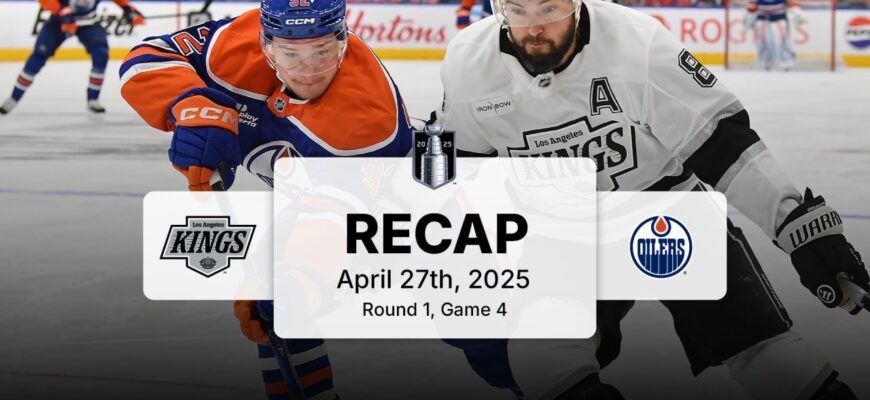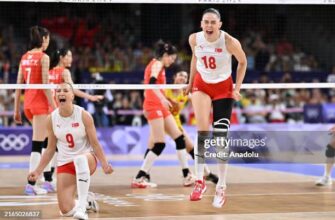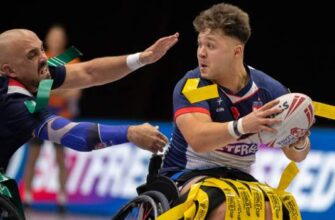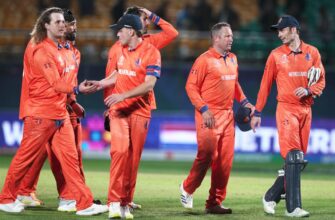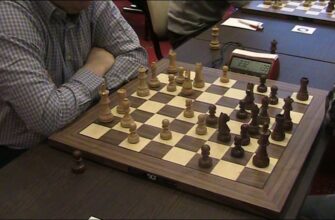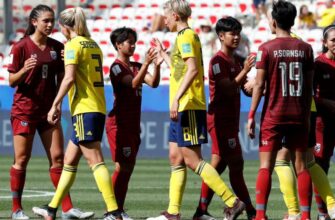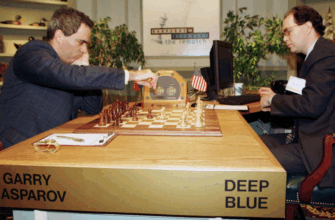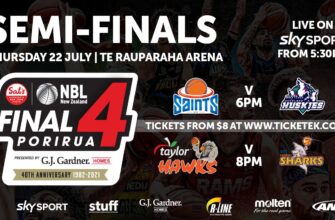This year, it seemed the Los Angeles Kings` fortunes might finally change. They had outperformed the Edmonton Oilers during the regular season, a trend that appeared to continue through the first two and a half games of the playoffs.
Hoping to break a three-year streak of playoff eliminations by the Oilers, the Kings seemed poised for success after securing wins in Games 1 and 2 at home. However, their momentum collapsed. Los Angeles lost four consecutive games, including two where they squandered third-period leads, leading to the familiar outcome seen every year since 2022.
This latest playoff defeat by the Oilers could be the most disheartening. The circumstances seemed ideal for the Kings. They were executing strong defense against an Oilers offense that relied heavily on its top players rather than depth. Furthermore, the Kings` offense, which had shown improvement late in the season, faced an Edmonton defense missing shutdown defenseman Mattias Ekholm.
In net, the Kings held a clear advantage. Darcy Kuemper was a Vezina Trophy finalist, while Stuart Skinner`s performance for Edmonton had been highly inconsistent.
Despite these factors, Los Angeles couldn`t overcome their struggles against the `royal blue and orange` (Oilers). Connor McDavid, Leon Draisaitl, and their teammates once again proved insurmountable for the Kings.
Without resorting to clichés about repeating mistakes, it`s evident that something fundamentally needs to change for Los Angeles moving forward. This could involve personnel, coaching strategy, or how players are deployed. Let`s examine the Kings` issues and areas needing adjustment.
Personnel
This series was largely seen as a test of the Kings` depth against the Oilers` high-end talent. While depth seemed advantageous initially, Edmonton`s firepower ultimately erupted. McDavid, Draisaitl, and Evan Bouchard dominated the series from late in Game 3 onwards.
The Kings` primary challenge isn`t merely the absence of a generational talent like McDavid – that`s a challenge shared by virtually every other NHL team.
Los Angeles lacks sufficient dynamic offensive players – individuals capable of consistently generating scoring opportunities independently. While Adrian Kempe demonstrated his shooting ability, Kevin Fiala is a talented playmaker, Anze Kopitar remains an elite two-way forward, and Quinton Byfield shows similar potential, none possess the ability of McDavid or Draisaitl to create immediate offense.
Over the final four games of the series, McDavid and Draisaitl collectively recorded 14 points. Bouchard was also critical, scoring four goals across the crucial Game 3 and 4 victories.
For the Kings to truly contend during their current window, General Manager Rob Blake needs to aggressively pursue genuinely elite offensive playmakers. While such players are rare, recent Stanley Cup winners like the Florida Panthers and Vegas Golden Knights successfully acquired significant talent through bold moves.
With the NHL salary cap projected to increase significantly this offseason, opportunities for roster changes via free agency and trades will emerge. The Kings should actively participate in this market, aiming to strengthen their team in anticipation of potentially facing the Oilers again in the 2026 playoffs.
Philosophy
Another significant issue for the Kings was their handling of third-period leads, notably in Games 3 and 4. While adhering to a team`s established identity is understandable – and the Kings were effective at closing out games in the regular season – this strategy proved difficult against an Oilers team capable of scoring rapidly.
Despite being nearly penalized for a defensive, `parking the bus` approach in Game 1, the Kings employed similar tactics to some extent in Games 3 and 4 when leading heading into the third period. Following competitive first two periods where the Kings were often pressured but capitalized on Edmonton`s weakened defense, they attempted to shut down the game using their defensive forwards and experienced defensemen.
This approach completely failed. McDavid and Edmonton`s other offensive threats capitalized on every opportunity, exploiting the space the Kings conceded as they struggled to defend effectively in front of Kuemper.
Statistics from Natural Stat Trick highlight the Kings` struggles in the third period of Games 3 and 4.
| 1st & 2nd Periods | 3rd Period | |
|---|---|---|
|
Shots |
48-38, LAK |
29-14, EDM |
|
HDSC |
20-16, EDM |
9-5 EDM |
|
xG |
4.9-4.3, EDM |
3.9-0.9, EDM |
|
Goals |
7-4, LAK |
6-0, EDM |
This defensive strategy when holding late leads has been characteristic of the Kings, extending back to Todd McLellan`s tenure (2019-2024). Jim Hiller maintained this identity upon becoming coach. While effective in securing regular-season wins, this approach evidentially has limitations when attempting to finish games against a top Western Conference opponent.
It`s understandable that a team like the Kings would aim to minimize risks late in games against a high-powered offense like Edmonton`s. However, Los Angeles might have benefited from maintaining more offensive pressure to keep the Oilers on the defensive in critical moments.
Player Usage
Credit to Hiller for attempting to leverage the Kings` perceived depth advantage. Nine Kings players averaged over 20 minutes per game, compared to only six Oilers. However, the issue for Los Angeles was the effectiveness of these players, particularly the veteran defensemen, during their ice time.
For example, Drew Doughty and Mikey Anderson were tasked with the challenging assignment of matching up against McDavid`s line. Despite their strong regular season performance, this pairing struggled in the series. According to Natural Stat Trick, the Oilers controlled over 75% of expected goals when McDavid was on ice against Doughty and Anderson at five-on-five.
Doughty and Anderson weren`t the only defensemen facing difficulties. The other veteran pairing, Joel Edmundson and Vladislav Gavrikov, also performed below even at five-on-five.
These outcomes raise questions regarding the limited deployment of the skilled and mobile (though young) defensive duo of Jordan Spence and Brandt Clarke. They averaged just 7:31 and 12:47 minutes per game, respectively. While coaches typically hesitate to rely heavily on young defensemen in high-pressure playoff situations, this pairing could have offered valuable offensive contributions from the blue line, having combined for 61 points in the regular season.
At a minimum, Spence and Clarke could have absorbed more minutes earlier in games, potentially allowing veteran defensemen like Doughty and Anderson to be fresher when attempting to close out wins. It`s possible the younger defensemen would have faced similar challenges, but their limited ice time suggests they may have deserved more opportunity.

